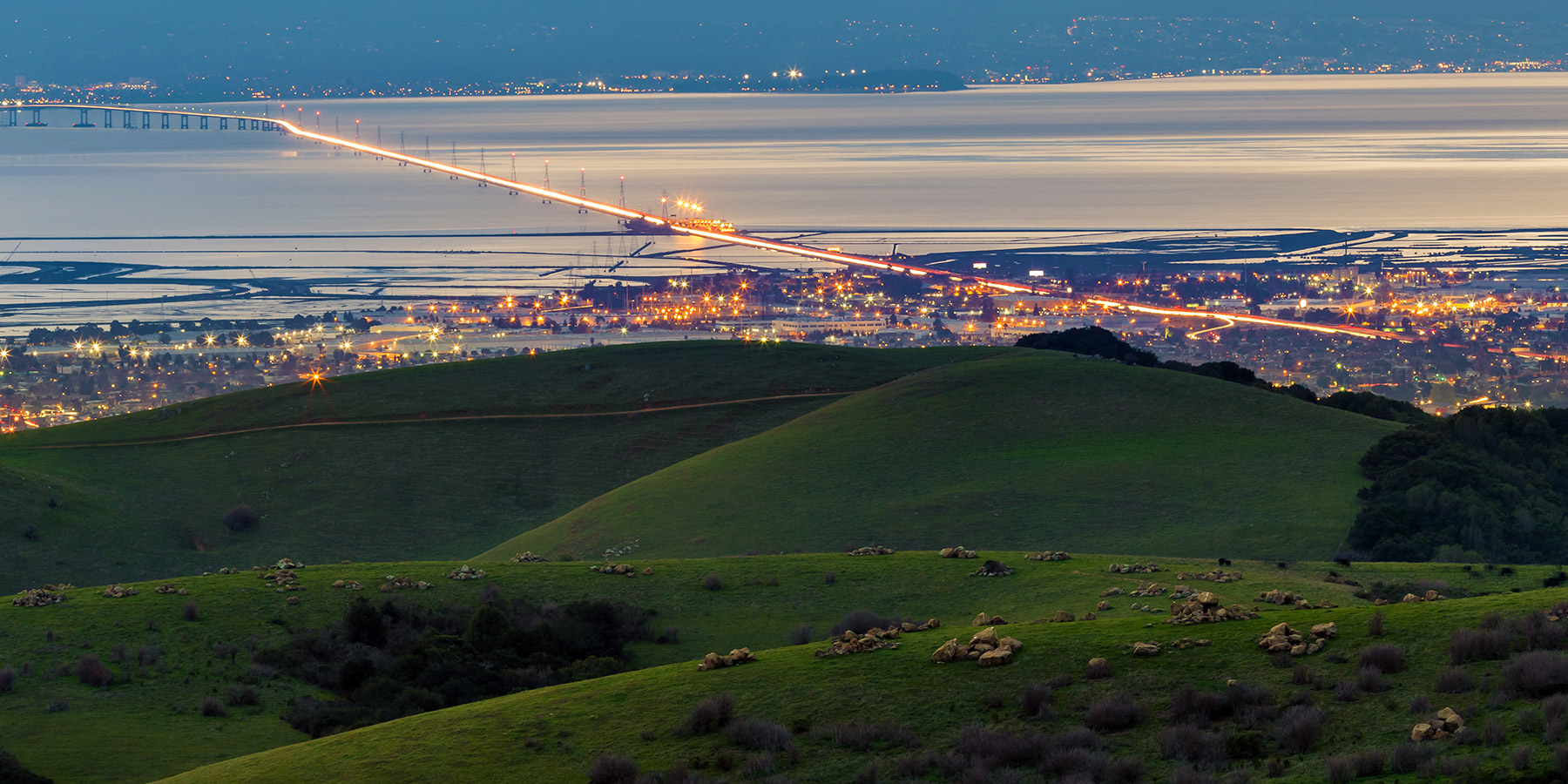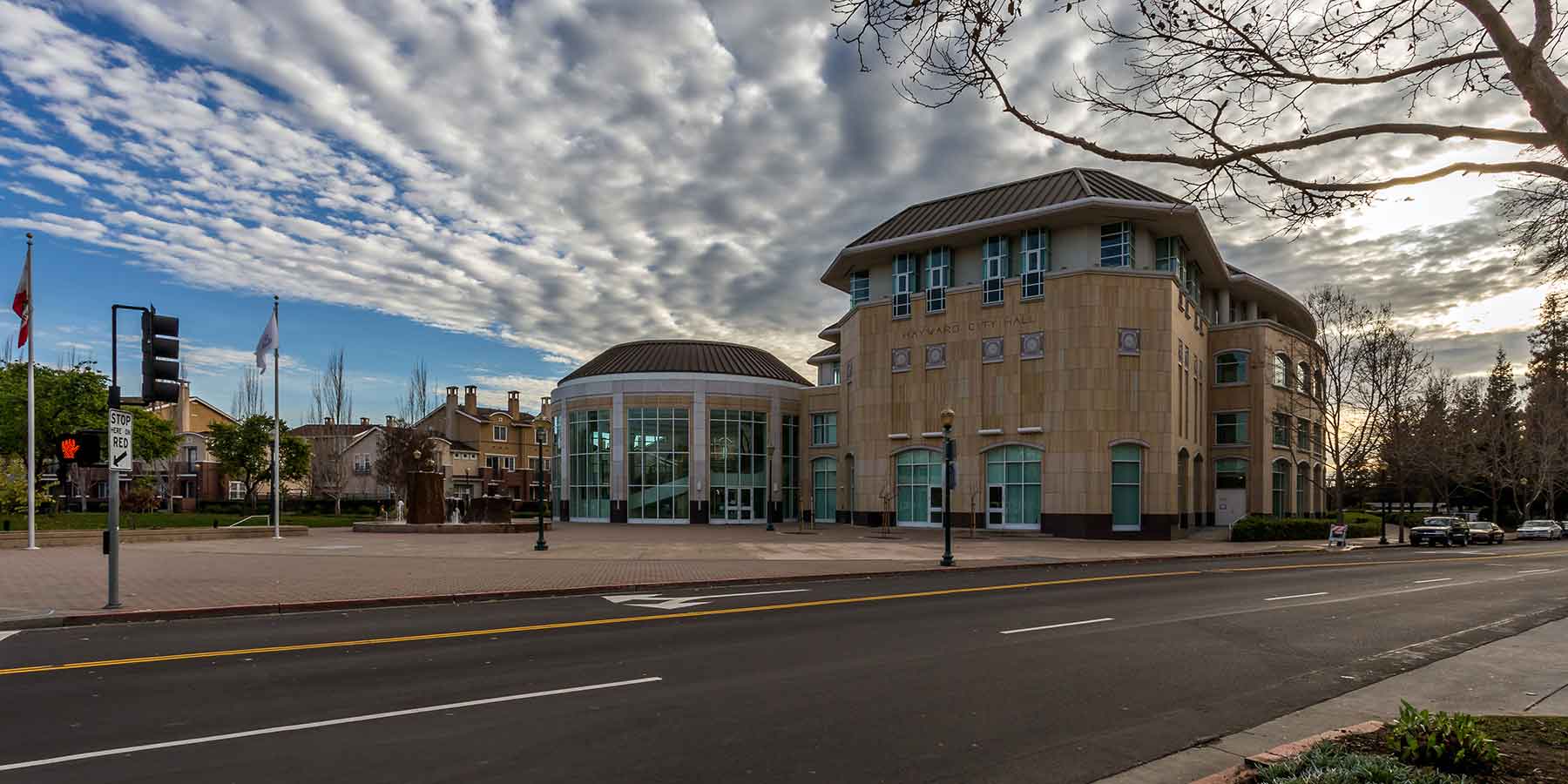Another Night-Long Rain Deluge Floods Area Homes, Streets
Daily Review, Jan. 17, 1950
Full Text:
A night-long deluge which brought 2.21 inches of rain in 24 hours also caused floods, explosions and broken dikes to the Hayward area today.
Throughout the area reports of flooded residential areas kept county, district and city crews jumping from one job to another.
Emil Saunders, chief of the Tennyson fire department, today warned householders whose gas furnaces are near ground level to keep a careful eye on the water level.
In two cases in Tennyson this morning, the fire department succeeded in saving homes threatened by explosions when water extinguished the flame and fumes were ignited by the pilot light.
The first explosion occurred at the home of Jacob Cook on Ruus road at 6:50 a.m, and the second fire was at the W. H. Regan home, 855 Tennyson road. In both cases the high water had extinguished the furnace, allowing gas fumes to accumulate until they were ignited by the pilot light. No damage resulted in either case.
West of San Lorenzo Village, the dikes holding back a near full San Lorenzo creek broke in two places on both sides of the creek.
The flow of water under a bridge across the creek on Lorenzo avenue nearly caused the bridge to wash out as debris floated down the creck and formed a barrier at the bridge. Debris was cleared away by county workers.
The break in the dike caused the flooding of a large farming area. Homes and farms in the Tennyson area were also under water.
Deepest water reported in a residential area caused the near isolation of Russell City, west of the Hayward airport.
In places the Russell City water depth was estimated at three to four feet, in some cases flowing on the floors of homes.
A one-year-old baby was rescued from one home isolated in Russell City when the child's fahar become panicky and fled. The youngster's grandfather told
neighbors, "My grandson is in there!" The neighbors rescued the child.
Even in the higher parts of Russell City, water was up to the running boards of automobiles parked and stalled on streets.
Hayward, Castro Valley and Ashland were not without their troubles.
A virtual river of water was flowing down six or sevan blocks of B street above Seventh street. It covered half of the street in its swirling rampage toward city sewers that could not absorb it for several blocks.
Water surrounded the home of Jim Zumwalt, 616 Seventh street and at the home of Mr. and Mrs. Sy Nolan water at 2 a.m. put out the furnace as it swept off a new subdivision and picked up additional rainfall flowing through their back yard and on its way past the home. The Nolan's baby has been ill. The family frantically called for city aid to get the water level away from their furnace.
Castro Valley Sanitary district crews were busy pumping sewers as water backed up through much of the pipe. At Stanton and William street, it was reported that the street was caving in around a manhole. Many called the fire department and were referred to the sanitary district.
In Ashland, one report said the water was so deep at the interrection of 158th avenue and E. 14th street thet autos could not enter the main street.
The storm brought Havward's seasonal rainfall total to 10.49 inches, well over last year's figure for January.
* * *
The weatherman said no letup is in sight after a week-long series of storms which give Northern California its heaviest wetting in years.
The U. S. weather bureau reported more storm activity is in evidence over the Pacific so that the end of the series is not in sight at the present time."
Most of the San Francisco Bay area has had more than 36 consecutive hours of rain during the current storm. Snow fell steadily in the Sierras and the pack was reported within a few inches of the 1949 peak which was not registered until mid-February last year.
Train, bus and airline schedules were thrown off by the storms and communication and power lines were down in most counties along the Oregon-California border.
Forecast for today, tonight and Tuesday in Northern California was for intermittent rain, with snow in the mountains above 6,000 feet.
The storm was marked by, mild temperatures in contrast to last week's bitter blasts that howled down from the blizzard-torn Pacific Northwest and the Aleutians.
To view a PDF copy of the article, click the link below:








